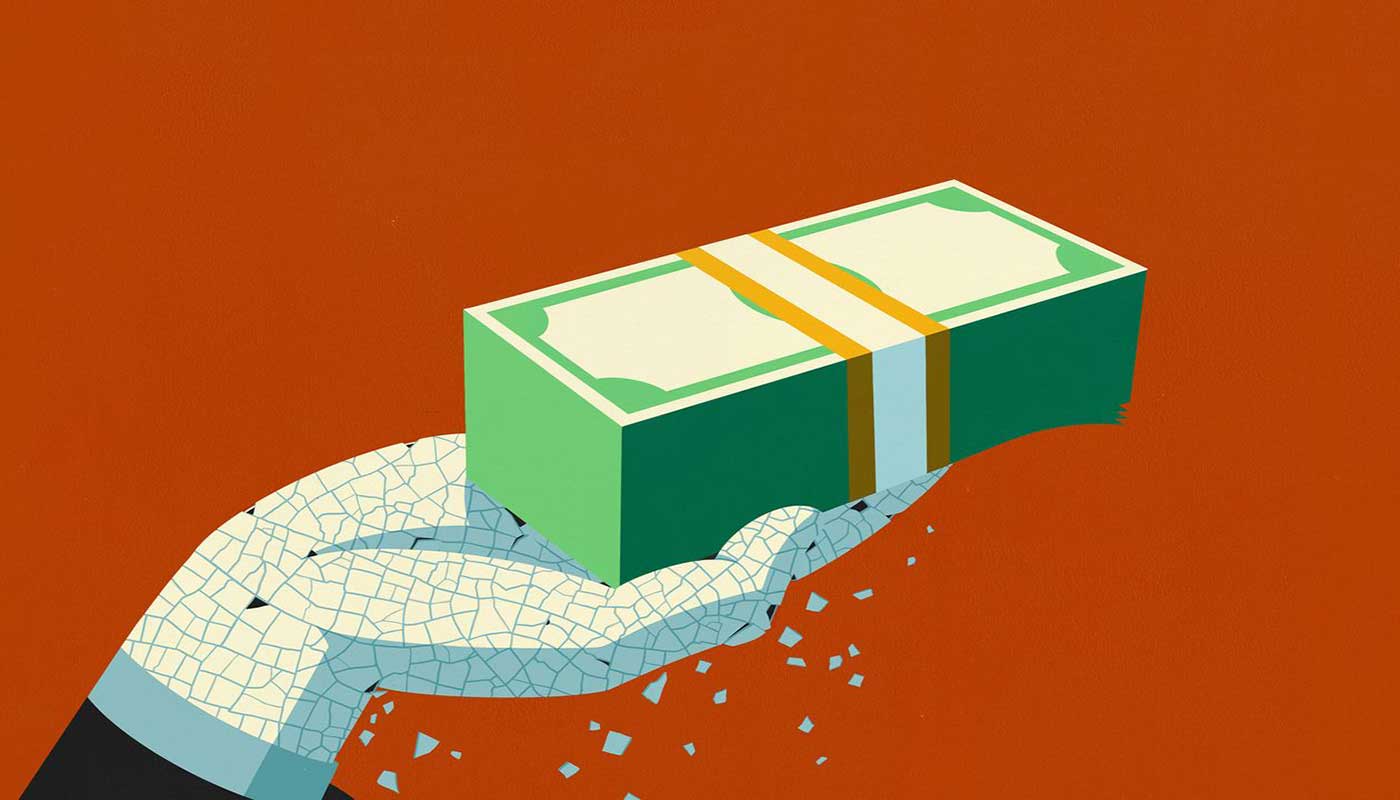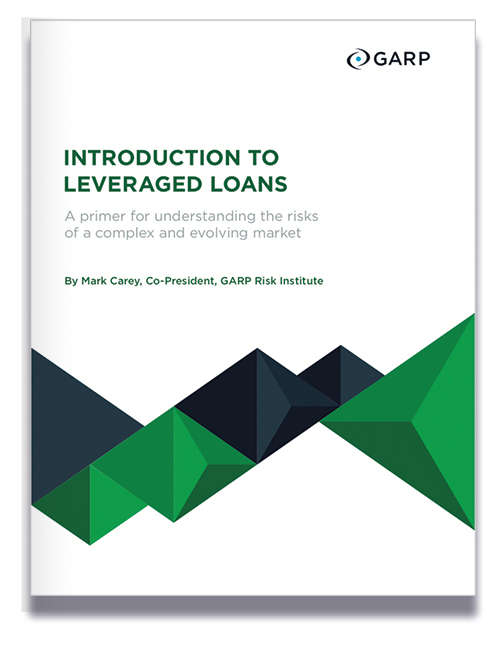
The two-fisted punch of the coronavirus pandemic and a collapse in oil prices to 20-year lows have ended the 11-year bull market. Assuredly, these factors will fuel government bailouts and bring the next recession. Corporate-loan defaults are poised to spike.
Defaults alone, though, will not push the financial system over the edge. The final straw for the financial and credit markets will probably be caused by an unprecedented crash in recovery rates on each defaulted loan. Protection-lite loans, which have far fewer restrictions on borrowers and are common today, will be to blame.
Introduced into the $2.2 trillion leveraged-loan market by private-equity-controlled firms, protection-lite loans give lenders weakened contractual protections against borrower actions like reassigning collateral, selling assets, or issuing additional debt. Fewer assets will be available to repay lenders as a result. Until now, market conditions have been benign from a debtor's perspective, but amid the current market correction, many of these loans could become distressed.
Investors in collateralized loan obligations, or CLOs, and loan mutual funds are most vulnerable to losses because those vehicles buy the majority of protection-lite loans. Moreover, the debt tranches that fund these obligations are based on a faulty premise-that the future will be like the past.
Understanding how CLO tranches work is key to understanding the transmission of protection-lite losses to securitization markets. In a typical CLO, the combination of equity and below-investment-grade tranches totals about 14% of its liabilities. Tranches absorb losses in turn, so losses must be large enough to wipe out these junior tranches before investors in the “safe” tranches lose anything.
Suppose the future is like the past. If multiyear default rates are no worse than in past periods of debt distress (30%) and loss-given-default rates are about 25% (near the historical average), then loan portfolio loss rates, the product of the two, will average about 7.5%. Such losses would be absorbed by CLO equity tranches and would cause only modest disruptions in capital markets.
But the spread of protection-lite borrowing means that loan contracts, and therefore loan losses, will differ from the past. If loss-given-default rates are 50%, which is better than historical rates for bonds, CLO equity and below-investment-grade tranches will be wiped out. If loss-given-default rates are 75%, all but the tranches rated AAA and AA will be wiped out. The trouble would spread through the financial system because investment-grade CLO tranches are widely held.
Loan mutual funds face a different primary risk: liquidity. When loan losses increase, investors will run and market liquidity for loans will dry up. Secondary-market prices for loans will crash, worsening capital-market disruptions. With both CLOs and loan mutual funds out of the new-issue loan market, credit availability for medium- and large-size firms will be limited, and an economic recession is likely.
So, the tranche structures of CLOs and the liquidity mismatch of loan mutual funds aren't designed to handle losses from protection-lite loans. It is too late to change the terms of loans already outstanding; CLOs and other lenders can use only whatever legal powers they have left, if any, to discourage borrowers' exploitation of protection-lite terms, and thus reduce the losses they bear over the coming year or two.
Looking further ahead, investors in CLO tranches should begin assessing the risk of poor recovery that comes with protection-lite borrowing, and should distinguish among CLOs with many protection-lite loans and those with few. Better disclosure might speed such a reconsideration, as could ratings-company actions that take protection-lite borrowing into account. The Securities and Exchange Commission could promote both shifts.
With such changes, CLO structures will grow more conservative and firms will be discouraged from issuing protection-lite loans, making capital markets and business finance more stable. In the immediate future, if we are lucky, losses ultimately caused by the coronavirus will be moderate. If we are not lucky, we will learn yet again that financial innovations often come with risks we should be aware of before it is too late.
Mark Carey is co-president of GARP Risk Institute, which is part of the Global Association of Risk Professionals, a not-for-profit organization.
Related

A Guide to the Leveraged Loan Market: Evolution, Players and Risks
FOR ONLINE DISPLAY ONLY
Copyright ©2020 Dow Jones & Company, Inc.
All Rights Reserved. Reprinted with permission. The Publisher's Sale of This Reprint Does Not Constitute Or Imply Any Endorsement Or Sponsorship Of Any Product, Service, Company Or Organization. REPRODUCTIONS REQUIRE FURTHER PERMISSION www.djreprints.com
